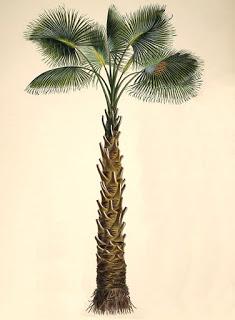
Dreaming of a subtropical Wyoming (source)
The New Year is upon us, as is the January gathering of tree-followers, kindly hosted by The Squirrelbasket. Many of us have chosen a new tree to follow.In Laramie, choosing a tree this time of year is not so easy. Our trees either lie dormant until April (willows, cottonwoods) and May (most others), or they’re evergreen conifers that don't change much through the cold season. Last month, I checked out several candidate trees in the Williams Conservatory, non-natives new to me that should show more action. But none caught my fancy. Then diversifolius of botanically inclined recommended I follow the tree I said was my favorite: “a plants-and-rocks kind of tree, specifically a plant in rock.” Duh, of course I should! So what if it’s been dead for millions of years!
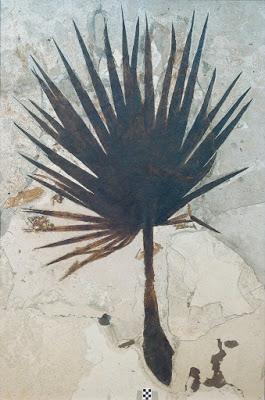
Sabalites powellii, a palm native to Wyoming (from the County Courthouse in Kemmerer; NPS).
Sabalites powellii is a kind of palm tree. It has no common name so I will call it “sabalites” (roughly saa-buh-LEE-tees… as if we knew how to pronounce Latin!). No one expects to find palms in Wyoming today, but fifty million years ago they grew in abundance on lake shores in the southwest part of the state. A beautiful fossilized sabalites frond stands in the hallway to the Geology Museum at the University of Wyoming.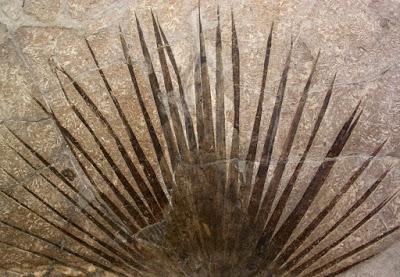
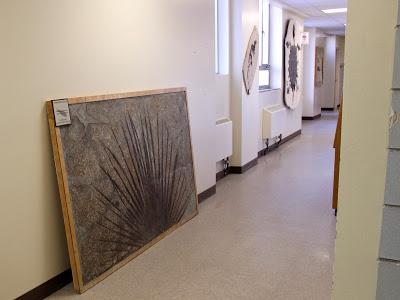
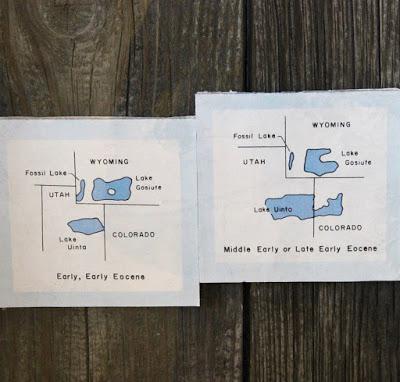
Fossil Lake was the smallest of the big Eocene lakes, but perhaps the richest in fossils.
Millions of fossils have been collected from the muck that accumulated at the bottom of Fossil Lake and turned to rock (now part of the Green River Formation). Most famous is our state fossil, Knightia—a fish closely related to herring. But there’s far more, e.g. stingrays, turtles, crocodiles, parrots, grouse, ants, bees, butterflies, dragonflies, mosquitos, spiders, snails, ferns, cattails and palm trees.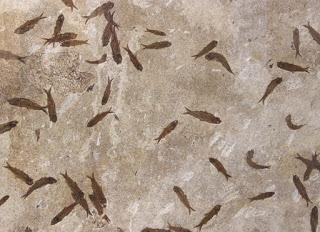
Fossilized Knightia, University of Wyoming Geology Museum.
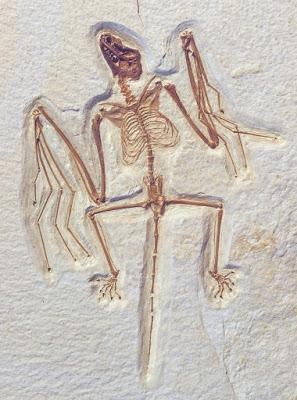
Clawed bat (NPS).
The fossils of the Green River Formation are one Wyoming’s greatest resources, and yet all these years I’ve ignored them. It’s time to make amends! However a visit to Fossil Lake will have to wait, as the climate is no longer subtropical. Wyoming winters are no longer suitable for camping, hiking, and outdoor contemplation. So I’ll go in May. Until then, there’s plenty to learn about palm trees, the Green River Formation, the environment of southwest Wyoming 50 million years ago, and fossils in general. For example, how do paleobotanists get away with naming a new species based on such poor fragmentary specimens?! We caenobotanists** could never do that.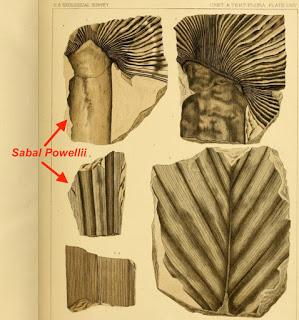
Designated type specimen for Sabalites powellii (then called Sabal Powellii), collected in the 1880s (source).
My fascination with the history of scientific exploration in the American West is another reason to follow this palm. Its discovery dates from the exciting era of the great post-Civil War geological and geographic surveys. The story includes characters like geologist Ferdinand Vandeveer Hayden, infamous for self-promotion but also an effective advocate, and paleobotanist Léo Lesquereux, a most amazing adventurer who started when he was 65 and completely deaf. Now there’s a role model!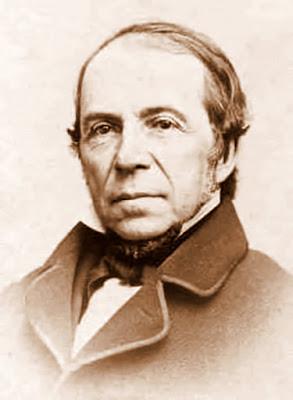
Paleobotanist Léo Lesquereux. In 1870, he joined Hayden’s expedition to the western territories (source).
“I have lived with nature, the rocks, the trees, the flowers. They know me, I know them. All outside are dead to me.” –Léo Lesquereux
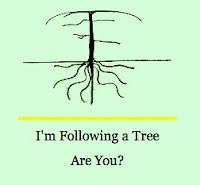 The beginning of the year is a perfect time to join us in tree-following. It’s easy, requires only as much time as you wish to give, and is always interesting. For more info, click on the links at the top of the post.
The beginning of the year is a perfect time to join us in tree-following. It’s easy, requires only as much time as you wish to give, and is always interesting. For more info, click on the links at the top of the post.** I made up caenobotanist as I needed an antonym to paleobotanist (old botanist); caeno is Greek for new.
